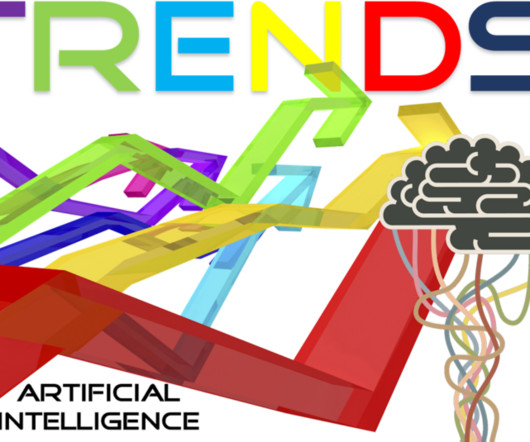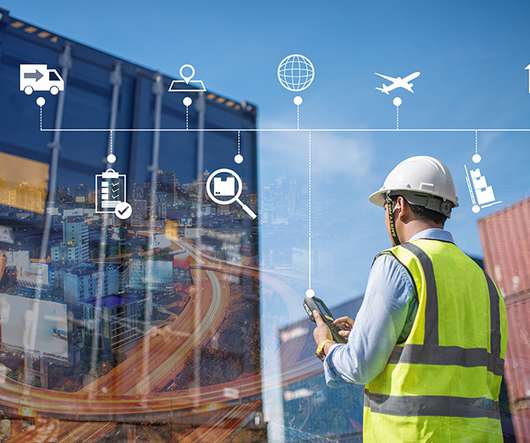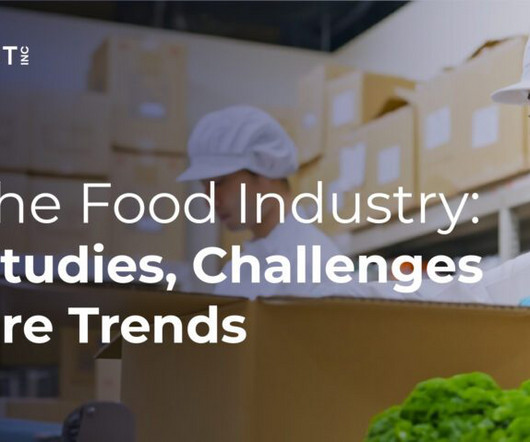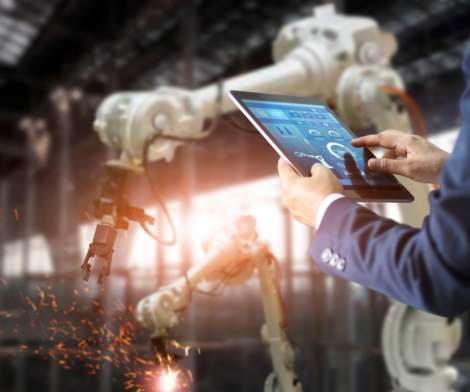Trends 2024: Artificial Intelligence
Enterra Insights
JANUARY 18, 2024
He states, “Data has been viewed as a trustworthy and unbiased way to make smart decisions. As we tackle the rise of AI-generated data, organizations will need to spend time and oversight validating the data or risk hallucinated results.”[3] ” AI Regulation.






















Let's personalize your content